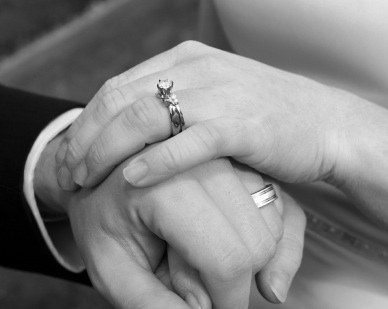
The institution we know and love — and love to know — appears to be losing ground, according to a new poll:
Is marriage becoming obsolete?
As families gather for Thanksgiving this year, nearly one in three American children is living with a parent who is divorced, separated or never-married. More people are accepting the view that wedding bells aren’t needed to have a family.
A study by the Pew Research Center, in association with Time magazine, highlights rapidly changing notions of the American family. And the Census Bureau, too, is planning to incorporate broader definitions of family when measuring poverty, a shift caused partly by recent jumps in unmarried couples living together.
About 29 percent of children under 18 now live with a parent or parents who are unwed or no longer married, a fivefold increase from 1960, according to the Pew report being released Thursday. Broken down further, about 15 percent have parents who are divorced or separated and 14 percent who were never married. Within those two groups, a sizable chunk – 6 percent – have parents who are live-in couples who opted to raise kids together without getting married.
Indeed, about 39 percent of Americans said marriage was becoming obsolete. And that sentiment follows U.S. census data released in September that showed marriages hit an all-time low of 52 percent for adults 18 and over.
In 1978, just 28 percent believed marriage was becoming obsolete.
When asked what constitutes a family, the vast majority of Americans agree that a married couple, with or without children, fits that description. But four of five surveyed pointed also to an unmarried, opposite-sex couple with children or a single parent. Three of 5 people said a same-sex couple with children was a family.
“Marriage is still very important in this country, but it doesn’t dominate family life like it used to,” said Andrew Cherlin, a professor of sociology and public policy at Johns Hopkins University. “Now there are several ways to have a successful family life, and more people accept them.”

